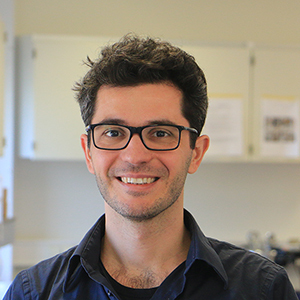
Dr. Onur Basak

The cellular diversity of the human brain is immense, which is generated through evolutionarily conserved developmental mechanisms that are well-timed. The system is robust enough to create functional masterpiece; yet is susceptible to failure that may lead to cognitive dysfunction or malignant growth.
We study the molecular and cellular mechanisms underlying the functional diversity of the adult reward system, cell fate choices leading to its development and how these are linked to the progression of time. For this, we use state-of-the art single cell RNA/epigenome sequencing techniques, CRISPR-mediated gene inactivation, mouse genetics, bioengineered organoids and computational tools to run multidisciplinary, collaborative projects
The ventral tegmental area (VTA) is part of the reward system and is characterised as having a heterogeneous cell population that are organized in neural populations that exhibit a more gradual transition, making it difficult to define VTA borders. Extensive research has been done on the VTA, however not on a single cell level. As part of the BRAINSCAPES consortium, we are using single cell RNA-sequencing/ChIC-sequencing to generate reference atlases of the diverse cell populations within the VTA.
Our project will provide a new resource whose quality, precision and depth exceeds current literature. This data can be reused by researchers analysing traits linked to different mental disorders, such as depression, as well as those working on neurodegenerative disorders that affect the dopaminergic system, such as Parkinson’s Disease.
We also aim to determine how histone methylation contributes to the cellular heterogeneity in the adult brain and determine if long term histone modifications play a role in eating and stress disorders.
The cellular diversity of the reward system is just being discovered. Its developmental origins is yet to be fully understood. Determining the origins of this diversity may help us better understand how our brain is build, as well as whether the underlying molecular program is affected in neurodevelopmental disorders.
We aim to delineate the molecular and cellular mechanisms behind epigenetic regulation of cell fate decisions of neural stem cells (NSCs) during the development of the reward system. For this, we use mouse genetics, bioengineered and pattern organoids, CRISPR-mediate gene ablation and computational tools.
Our group is part of the Utrecht Bioinformatics Center that performs Life Science research using big data analysis on DNA, genes, proteins and cells.. For more information please visit https://ubc.uu.nl/user/obasak/
You can access our lab webpage through here



